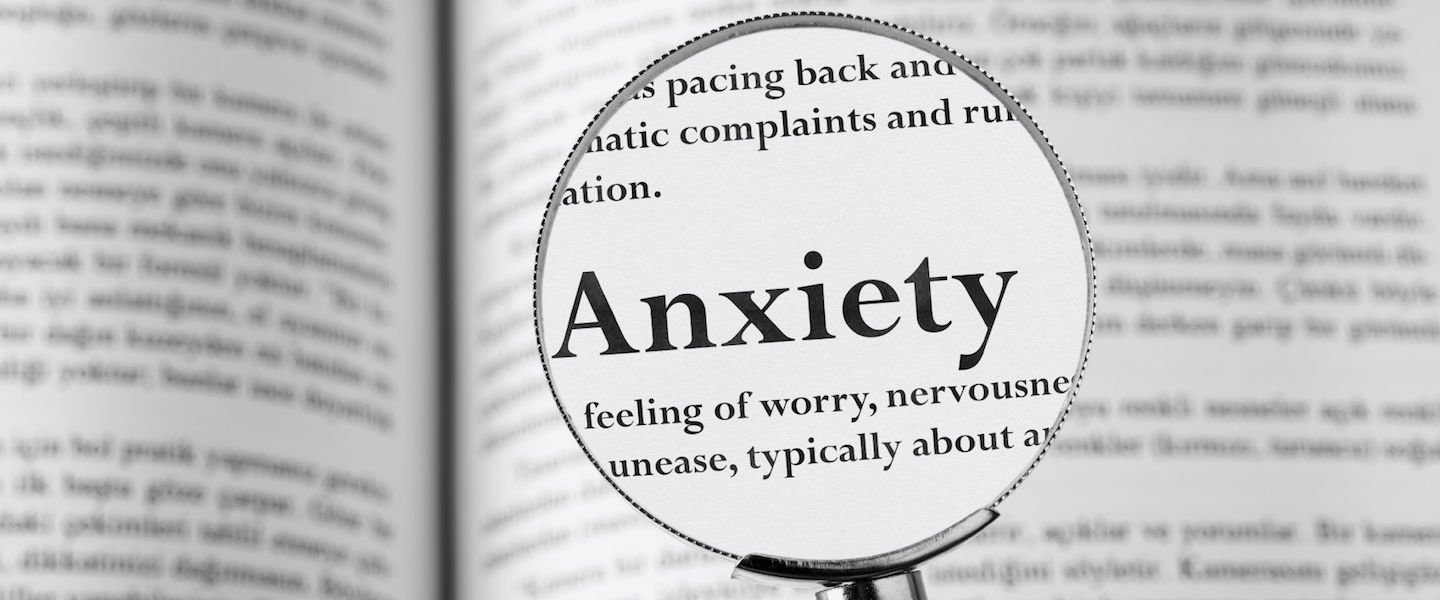This is the tenth instalment of 11 Ways of Dealing with Anxiety, an ongoing experiment in meeting yourself with tenderness.
If something hurts me, the hurts I suffered back then come back to me, and when I feel guilty, the feelings of guilt return; if I yearn for something today, or feel homesick, I feel the yearnings and homesickness from back then. The geological layers of our lives rest so tightly one on top of the other that we always come up against earlier events in later ones, not as matter that has been fully formed and pushed aside, but absolutely present and alive. I understand this. Nonetheless, I sometimes find it hard to bear.
Bernhard Schlink The Reader p.215-6
Suffer the Child
This is a huge and sensitive topic and I can only approach the edge of it here, like a supplicant approaching the Holy of Holies.
It would seem that Life continually offers us new challenges the purpose of which is our growth / development / healing / wholeness / integration / surrender. Each challenge to change is heralded by anxiety. So anxiety is not bad but the leading edge of an invitation.
Much anxiety, though, does not relate to the current situation. It is the resonance with frightening situations earlier in our lives, when we were subject to the whims and mistakes, kindly meant as often as not, of our parents or those who had the care of us.
We were sent to boarding school as a youngster and there was no one to protect us. There was alcoholism or mental illness in the family and love was not available. Our mother was over-controlling and forceful and our father was ineffectual. Our father was mostly absent but when he was around he was a moody and distant figure. We were forced to give up what fascinated and were pushed to excel in studies that held no interest for us. There was money and our basic needs were met, but no warm, physical love and affection and protection.
There are few childhoods unmarked by hurt.
Each of us is accompanied by the child we once were. She or he lives still within us: the source of creativity and fun and playfulness; and also the source of much of the anxiety and hurt that we feel. There are many good books to read on this.
What I am interested in from the point of view of this body is that anxiety is felt very powerfully in the body, often right in the chest, solar plexus or guts. It is a strong, unpleasant sensation and, quite naturally, we want it to stop. Over the years we evolve strategies to numb, forget or silence the feeling.
To try to silence anxiety is to ignore a child who is hurting, to tell her to go away when she asks for help. What she needs is tenderness, protection, understanding and close, physical affection. For most of us it is absolutely natural to hold out our arms to a child who has hurt herself and is crying. Yet we rarely reach out when that hurting child is ourselves.
I have quoted this before and it bears repeated reading:
Let me suggest something very, very simple. You know what tenderness is. We all have experiences of gentleness and kindness. Think of something that makes you feel that way: perhaps being with a loved one who is suffering, or seeing a small child asleep – whatever calls forth from you a feeling of warmth and tenderness or just simple caring. Feel that feeling. You can do that almost without trying. It is a very familiar feeling, well known to you. Can you now, just for a moment, feel that way towards yourself?
Gerald May Simply Sane p.165-6
You have enough experience of your ability to offer tenderness, strong protection and physical affection to know that you can do it, and how you do it. You will have felt it with a child, a lover, an animal, a friend who is ill. Tenderness also is a strong sensation but, unlike anxiety, it is pleasant; it is to be cultivated. You know what it feels like in this body; you know where you feel it. Remember! Learn how to invoke this tenderness at will through connecting again with what in this body feels tender.
Now learn to bring this tenderness to the place of anxiety:
- Start at the bottom.
- Allow the anxiety to inhabit you (let the child really express its fear) relaxing enough to allow it in and through you, recognising the quality of the sensation and where this is in this body.
- Meet this place of anxiety with tenderness from the place in you that knows how to be tender, not with the intention of stopping the fear, but with the desire to love that in you that hurts. As with a child, welcome tears and listen to what he or she has to say to you, even if it is unintelligible at first.
All this is felt in this body. It takes practice and the forming of new habits of self-care so that the child in you comes to trust the grown-up you.
Next in the series: 11. The next step.

Thank you Julian – I came across your blog when I was looking for something to help me think about being in the present. So it very special to find this reminder of the day on prayer in the body you led at St Columba’s House and remember the power and helpfulness of praying with tenderness for the hurt places within in
Thank you, Ann. Good to hear from you.
Julian